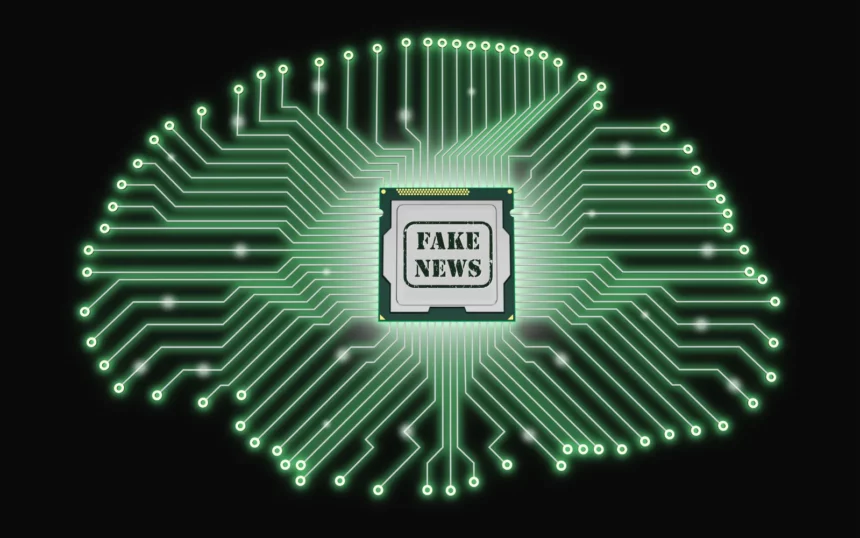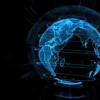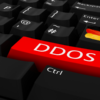Imagine a world where political speeches are manipulated to spread lies, CEOs are made to utter damaging statements, and revenge porn takes on a chillingly real form. This is the dystopian future that deepfakes, hyper-realistic synthetic media, threaten to usher in. Leveraging the power of artificial intelligence, deepfakes can seamlessly blend audio and video, creating convincing forgeries that challenge our perception of reality.
The rise of deepfakes is not just a technological marvel; it’s a weapon of mass deception, capable of wreaking havoc on individuals, organizations, and entire democracies. From influencing elections and manipulating public opinion to tarnishing reputations and inciting social unrest, deepfakes pose a multifaceted threat that demands immediate attention.
The Technical Landscape of Deepfake Forgery
At the heart of deepfakes lies a complex interplay of artificial intelligence techniques known as deep learning. Generative Adversarial Networks (GANs) are the primary tools in the deepfake arsenal. These neural networks consist of two components: a generator, which creates new content, and a discriminator, which aims to distinguish real from fake. Through an iterative process of training and refinement, the GAN learns to produce increasingly realistic forgeries.
Various deepfake techniques exist, each with its own strengths and limitations. Face-swapping, for instance, replaces the face of one person with another in a video. Voice cloning mimics a specific individual’s voice, creating synthetic audio that can be used to fabricate speeches or interviews. Deepfakes can even manipulate body language and facial expressions, further blurring the lines between reality and fabrication.
Case Studies: Deepfakes in Action
The impact of deepfakes is not merely theoretical; it’s already playing out in the real world. Here are some chilling examples:
- Election Interference: In 2020, a deepfake video of former Ukrainian President Petro Poroshenko endorsing his opponent surfaced online. The video, later debunked as a forgery, raised concerns about the potential for deepfakes to manipulate voters and influence election outcomes.
- Corporate Espionage: In 2019, a UK-based energy firm was defrauded €220,000 when a deepfake of the CEO’s voice instructed employees to transfer funds to a fraudulent account. This incident highlights the potential for deepfakes to be used for financial gain and corporate espionage.
- Cyberbullying and Revenge Porn: Deepfakes are increasingly used to create malicious content, such as revenge porn or cyberbullying videos. The ability to fabricate realistic and personalized content makes these attacks particularly damaging and difficult to prove as false.
The Rise of Digital Forensics Sherlock Holmes
Combating the threat of deepfakes requires a new breed of digital forensics experts – the Sherlock Holmes of the digital age. These specialists are equipped with sophisticated tools and techniques to analyze and deconstruct deepfakes, exposing the underlying manipulations.
- Video Forensics: Techniques like pixel-level analysis, facial landmark detection, and temporal inconsistencies can reveal subtle clues that point towards deepfake manipulation.
- Audio Forensics: Analyzing audio waveforms, spectral analysis, and inconsistencies in speech patterns can help identify synthetically generated audio.
- Social Network Analysis: Tracing the origin and spread of deepfakes through social media networks can provide valuable insights into the perpetrators and their motives.
The Road Ahead: Fostering Collaboration and Building Resilience
The battle against deepfakes is a complex one that requires a multi-pronged approach. Collaboration between governments, tech companies, researchers, and media organizations is crucial to develop effective detection tools, raise public awareness, and implement robust regulations.
- Tech Companies: Investing in AI-powered deepfake detection algorithms and developing user-friendly tools for verifying the authenticity of online content should be a top priority for tech giants.
- Governments: Implementing legislation that criminalizes the creation and distribution of malicious deepfakes and providing funding for research and development in digital forensics are essential steps for governments to take.
- Media Organizations: Fact-checking initiatives, educating the public on how to identify deepfakes, and promoting responsible reporting practices are crucial for media organizations to combat misinformation.
- Individuals: Developing critical thinking skills, questioning the authenticity of online content, and relying on trusted sources of information are essential.
The Human Firewall: Building Individual and Societal Resilience
Beyond technological solutions, building resilience against deepfakes requires a shift in individual and societal awareness. We must foster critical thinking skills, media literacy, and a healthy skepticism towards online content. This “human firewall” is essential for mitigating the impact of deepfakes and navigating the increasingly complex information landscape.
Educating the Digital Citizen:
- Media Literacy Programs: Integrating media literacy education into school curriculums and offering public workshops can equip individuals with the skills to discern fact from fiction and identify deepfakes.
- Source Verification: Encouraging users to verify the source of information before sharing it, cross-check facts with reputable sources, and be wary of emotionally charged content can combat the spread of deepfakes.
- Critical Thinking Skills: Developing critical thinking skills allows individuals to analyze information objectively, identify logical fallacies, and question the motivations behind online content.
Collective Action and Societal Solutions:
- Transparency and Traceability: Implementing regulations requiring deepfake creators to identify their work and establish clear lines of accountability can help mitigate malicious intent.
- Open-Source Forensics Tools: Encouraging the development and open-sourcing of deepfake detection tools can empower the public and democratize access to critical verification technologies.
- Social Media Platforms: Holding social media platforms accountable for combating the spread of harmful deepfakes by implementing content moderation policies and fact-checking mechanisms is crucial.
Empowering the Future
The battle against deepfakes is not merely a technological challenge; it’s a societal one. By fostering critical thinking, promoting media literacy, and encouraging collaboration, we can build a resilient future where truth prevails and technology serves as a tool for empowerment, not manipulation.
Conclusion
Deepfakes present a formidable challenge, but they are not insurmountable. By combining advanced detection tools with robust digital forensics, fostering individual and societal resilience, and embracing a collaborative approach, we can ensure that technology remains a force for good, enabling us to navigate the digital landscape with both insight and confidence. Remember, in the age of hyper-realistic fakes, our greatest weapon is not technology, but our own discerning minds and collective commitment to truth.



